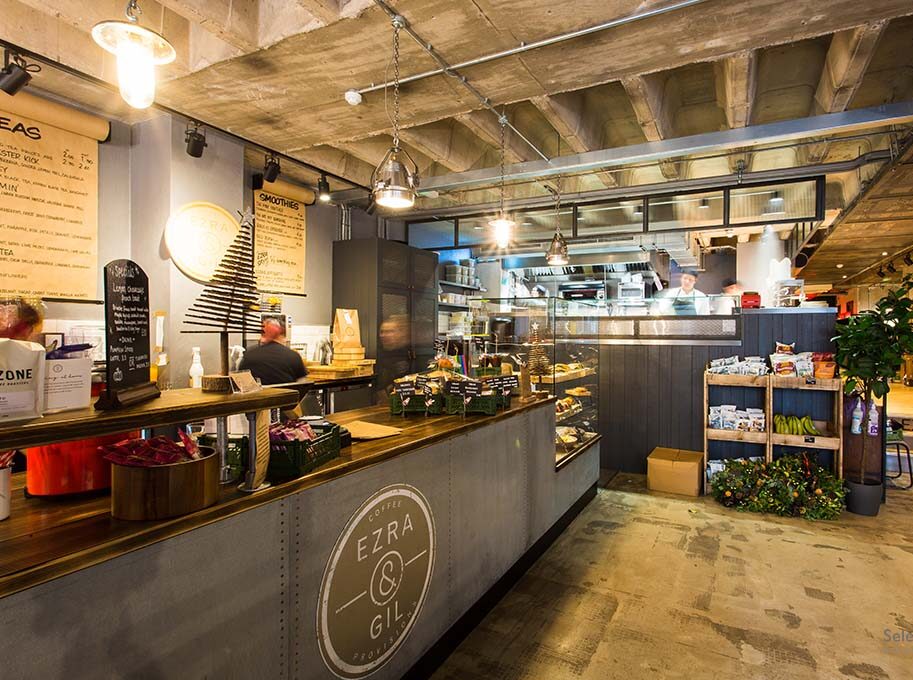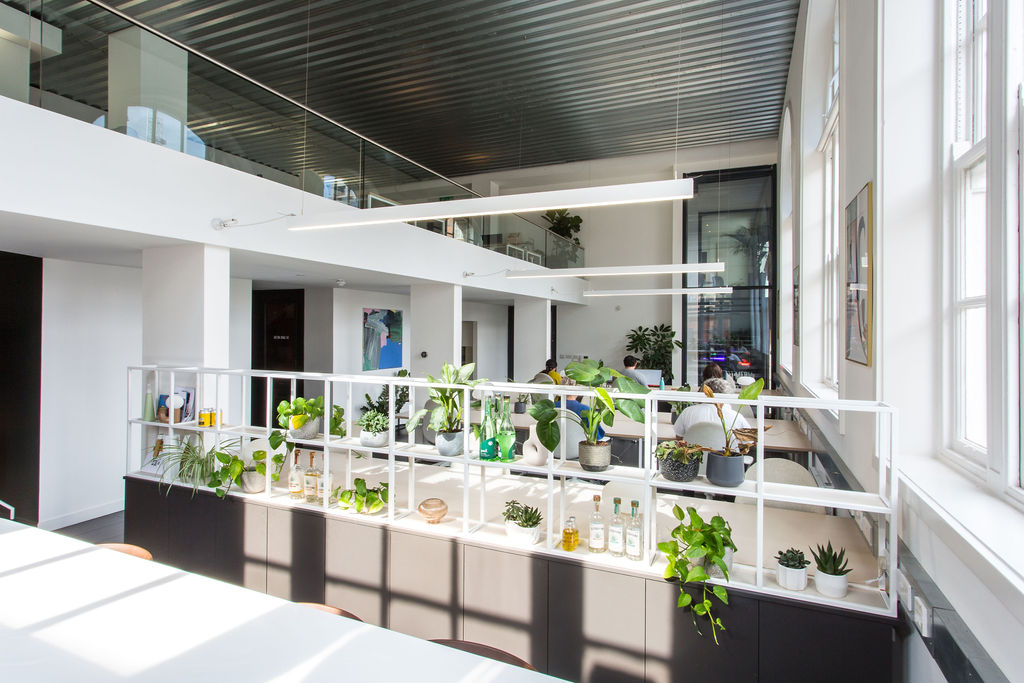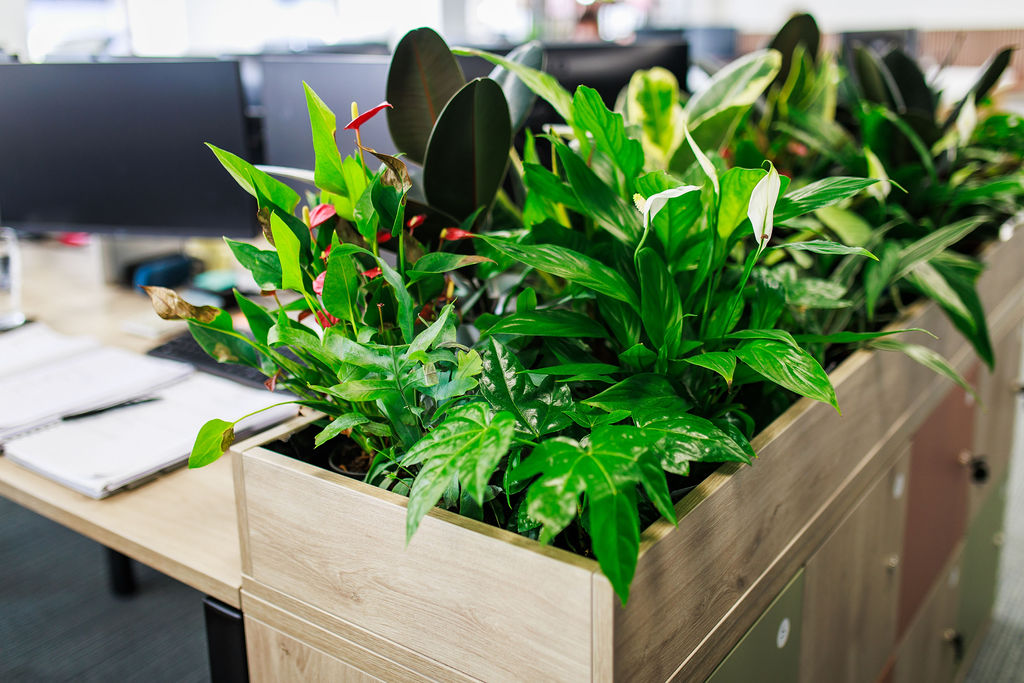Workspace Design For health and Wellbeing
In today’s fast-paced work environment, prioritising wellbeing in the office is essential for both employees and employers. The design of the workspace plays a significant role in promoting wellbeing and can have a profound impact on motivation, productivity, and overall health.
Gone are the days when the office was just a place where employees had to show up. It has evolved into a ‘home in the office’ and as a result, inclusive workspace design and creating welcoming spaces have become even more crucial. A human-centred approach to office design ensures that the environment is responsive to the needs of employees as individuals, fostering a sense of inclusivity and wellbeing.


Investing in workplace design that enhances employee wellbeing yields significant benefits for businesses. It not only boosts morale and motivation but also improves employee retention and makes the company more attractive to potential new hires.
Additionally, it helps reduce absenteeism due to ill health and turnover rates, saving valuable time and resources in the long run.
When we talk about workspace design for wellbeing, it encompasses both physical and mental health, as well as the environment in which employees work.
Key Factors In Workspace Design
Here are some key factors to consider when designing an office space that prioritises wellbeing:
- Lighting
Lighting has a direct impact on mood and productivity. Maximising the use of natural light is highly beneficial for physical health, focus, and productivity. Designing the office to make the most of natural light, such as incorporating large windows or light tunnels, is a key consideration. Additionally, indoor lighting should be tailored to the specific work areas, and the ability to control lighting levels should be provided. Considering preferences in lighting conditions is also important to create an inclusive environment.
- Temperature
Maintaining a comfortable temperature range of 16°C to 24°C is crucial. Providing heating and cooling systems that can be adjusted based on activity levels ensures that employees can work in an environment that suits their needs. This contributes to their overall comfort and wellbeing.
- Mental wellbeing
Designing spaces with mental health in mind is an important consideration for any workspace because employees’ well-being and productivity are intertwined. Including options for privacy, relaxation, and mental breaks in building design can help reduce stress and anxiety, increase focus and attention, and improve overall mental health in the workplace.




Key Factors In Workspace Design
- Noise Levels /Acoustics
Noise can be a significant source of distraction and discomfort in the workplace. While offices are generally low noise environments, it is essential to maintain acceptable noise
levels for different activities and work areas. Sound-proofed areas for phone calls and meetings, as well as quiet spaces for focused work, can greatly contribute to employee wellbeing. Providing clear guidelines on the use of music and radios can help create a harmonious and considerate work environment.
- Air Quality
Ensuring good air quality is vital for employee wellbeing. Poor air quality can lead to various health issues, including headaches and respiratory problems. Providing fresh or purified air in office spaces is crucial to maintain a healthy working environment. Ventilation systems should be regularly maintained to ensure optimal air quality, and considerations can be made for additional air purification methods if needed.
- Comfortable furniture
Comfort should never be side-lined in office design. Aesthetics are important, but the comfort of employees should always be a top priority. Ensuring that office furniture, especially chairs, are not just visually appealing but also comfortable and ergonomically designed is vital. Taking into consideration the different physical needs and abilities of employees creates a workspace that is accessible to all.
- Biophilic Design
Incorporating elements of nature into the office environment has been shown to significantly enhance employee wellbeing. Biophilic design, which emphasises the connection between humans and the natural world, can greatly improve mood, reduce stress, and increase productivity. Adding plants, creating interior living walls, and providing views of green areas are simple yet effective ways to introduce biophilic design into the workspace.
Designing an office that prioritises employee wellbeing is a win-win situation for both employees and employers. By considering factors such as temperature, lighting, air quality, noise levels, comfort, and incorporating biophilic design, businesses can create a workspace that promotes motivation, productivity, and overall happiness. Remember, investing in human-centred office design is not just about the physical space; it’s about creating an environment that supports the wellbeing of the people within it.
We hope we’ve helped demonstrate how easy it is to make your workspace healthier and more productive. The most important thing is that you make the most of what you have, whether that be natural light or ergonomic furniture. And if you’re feeling inspired by these tips and want to design a space that suits your needs? Well, then we’d love to hear from you!






